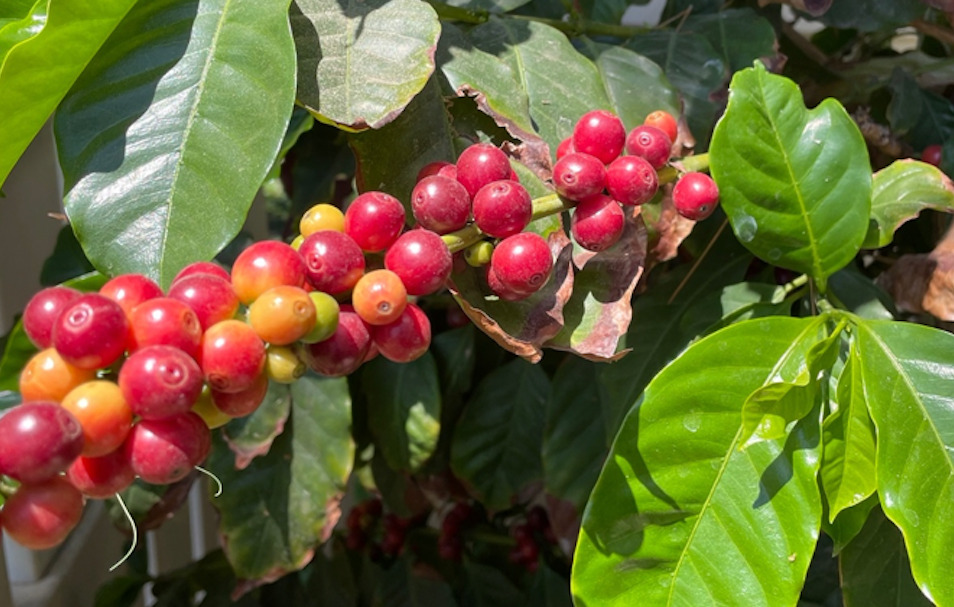During these uncertain times, especially after these last years as a result of Covid-19, I began a moment of reflection as to honor the experience and how I navigated through it all. The isolation, lack of social contact, and economic difficulties have been challenging for so many of us that reflectively identifying areas that were helpful along the way has been valuable as we are moving forward.
One activity I chose was to plant a garden. The days I felt the most alone or anxious, I found myself taking a trip to the local nursery. Whether I chose a pre-grown plant or I decided to begin with a seed, it was the act of doing something that seemed to help me out of my anxiety. Walking around the nursery I realized how much better I felt. How, in taking the action to go to the nursery, I already felt the symptoms of anxiety diminish while being with so many people doing the same relieved the loneliness I felt. Walking around in the nursey I reviewed all the fruit trees, vegetable plants, herbs, and planter boxes. Intermingling with like-minded people was inspiring, I was feeling part of something again. Watching a grandmother share an idea of a specific tomato plant with a granddaughter made me present to the fact that I was witnessing a family share an idea that may be nurtured together to co-create something lasting. It seemed the plant was a symbol of a shared desire.
That is, to plant a vegetable, fruit or flower is to cultivate hope and optimism. It is an idea which is created within us, nurtured, and cared for, that with a little water and love will result in something that can be harvested and enjoyed at a later time. Moreover, planting a seed is about future possibility and the rhythms of a garden are deeply comforting when the world feels uncertain (Stuart-Smith, 2021). It is also a good marker of having faith in yourself. The faith and optimism that you will show up for this seed/plant when it needs attention and help it grow. This same idea is applicable to yourself and mental illness. The idea is that if you can show up for yourself with the same optimism, faith, and nurturing attention, then you can overcome challenging times in your life.

Benefits of Joining a Community Garden
There are many different types of community gardens, some of which may be available in a neighborhood near you. Neighborhood community gardens are the most popular areas of private or public land designated for individuals to rent spaces for a small fee. These are types of plot gardens that are divided up into sections and shared with other gardeners. There are cooperative gardens, that function as one large garden maintained by its members. Youth gardens were developed to support younger people with a hands-on learning approach to science and food.
The benefits of joining a community garden can be quite therapeutic in multiple ways. One of the ways is that it gets you out of the house, and after this year, doesn’t that sound good? It is also a lovely way of meeting people. People that have a shared interest in different types of fruits vegetables and if you are an outright beginner, the resource of people with experience is available if you are willing to ask. With a community garden, oftentimes the space you rent may be a little too big for you and when harvest time comes gardeners often share with each other the fruits of their labor. Another benefit to having an abundance of harvest is, local shelters love to have fresh grown fruits and vegetables to include in their meals and it becomes a delightful way of contributing to people in need.
Balcony Garden Therapy
Whether you have a space in your yard or you live in an apartment or condo where space is limited, you can enjoy the therapeutic benefits of planting fruits, vegetables, or flowers. Taking part in gardening activities is helpful in (1) re-gaining physical and psychological well-being; (2) improving depression; (3) enhancing conditions of body, mind, social skills, and positive emotions; and (4) increasing physical activity, responsibility, focus, confidence, social interaction (Kuo, 2018). The act of getting our hands a little dirty to plant a small plant begins the process, and I have found it is the beginning act of tending to ourselves. If you are planting on a balcony or a smaller space, it may require you to access more of the creative sense of self. I personally enjoy planter boxes made from recycled wood and hang them from the handrails of my balcony. The idea is that you create it, and it becomes an expression of you and your efforts. One that you can see grow over time.
Just like in therapy at WILA. The initial intake is like planting a seed, the seed of idea that the challenges you have been experiencing in your life can be overcome with a little attention and time invested. The act of showing up in therapy for yourself each week can be the start of growth within. Just like a community garden, once you begin therapy at WILA, you become part of something that will continue to grow within you. For more information, check us out here or feel free to reach out to our front desk at (424) 391-5191.
References
- Stuart-Smith, S. (2021). The Well Gardened Mind: Rediscovering Nature in the Modern World. United Kingdom: HarperCollins Publishers Limited.
- Kuo, Y. Z. (2018). Blossoms of Horticultural Therapy. Taipei, Taiwan: Dharma Drum Publishing Corp.


